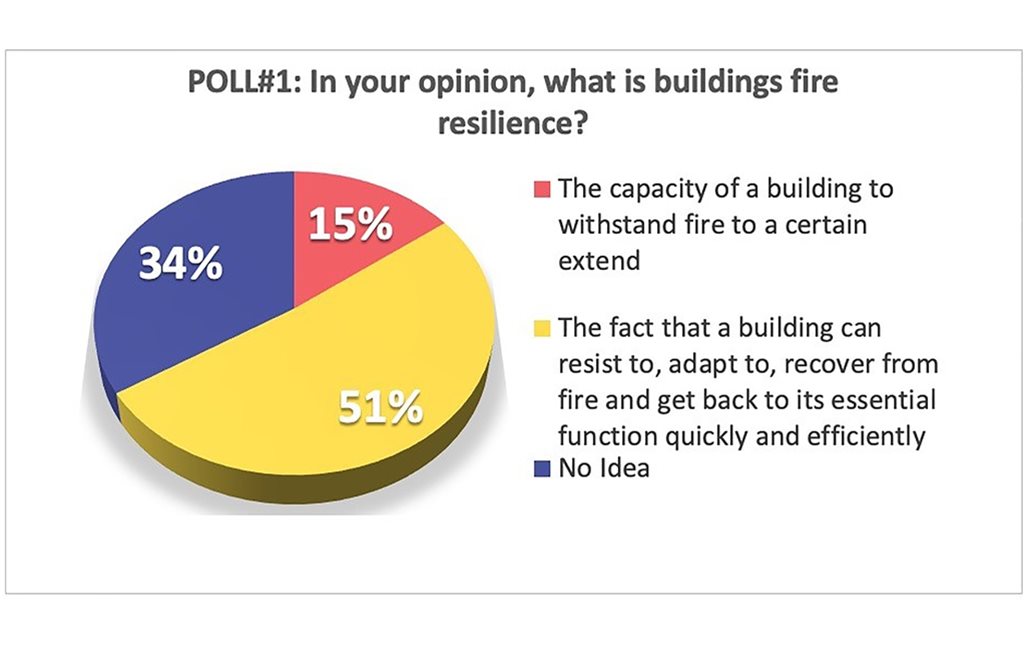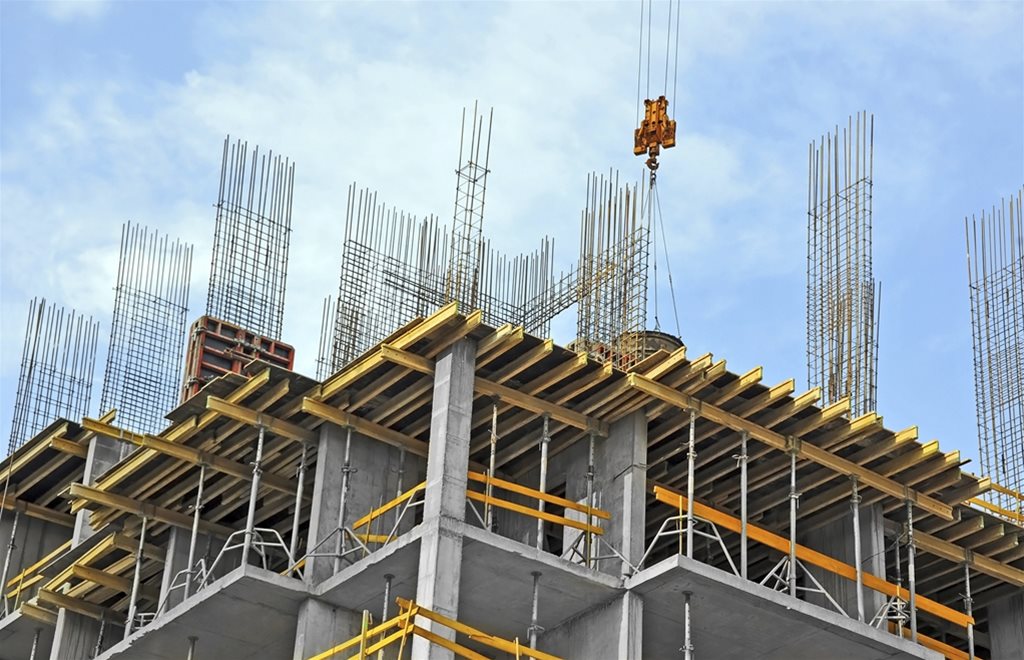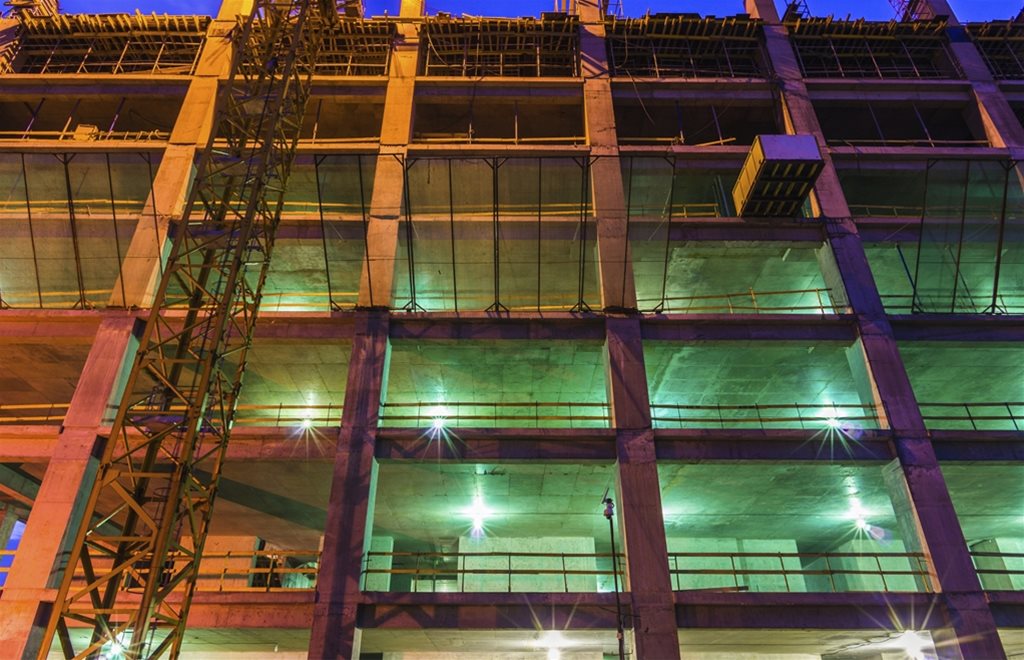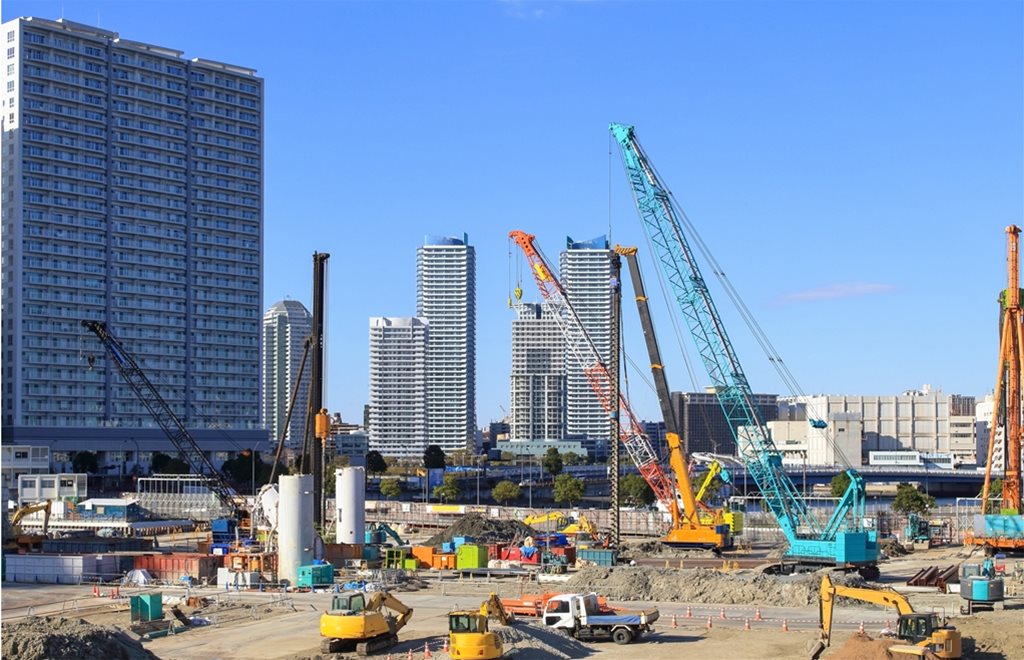Jéromine Andolfatto explains why buildings of the future need sustainability ratings schemes that factor in fire resilience from the outset
WITH A staggering 40% of carbon emissions coming from buildings in the UK1 and a similar percentage at the European level2 of 36%, transformation in the sector is clearly vital to a sustainable future. In recent years, the construction sector has reflected market and societal needs by innovating to improve buildings’ sustainability.
Much of the efforts have focused on making buildings more energy efficient, and on a more circular approach. Although new sustainable materials and technologies have been brought to the market, the genuine transformation in increasing the sustainability of a building must include fire resilience.
Valuable asset
Many systems and products that are used to help provide fire safety have performance requirements and characteristics which contribute to building sustainability. For example, effective fire compartmentation helps to contain losses in a specific area when a fire breaks out, but sustainability goes beyond environmental considerations to include societal and economic sustainability.
Fire resilient buildings are defined by their capacity to resist to, adapt to and recover from a fire, and to efficiently resume their essential functions. So fire resilience and sustainability cannot be decoupled. A fire resilient building limits the harmful effects building fires can have on the three components of sustainability (see below):



- Environmental sustainability – when a building catches fire, it can release effluents and byproducts which pollute the environment3. Greenhouse gases, such as carbon dioxide, can contaminate the air. These pollutants can also impact the quality of the soil and its infiltration, contaminate firefighting runoff water and spoil water sources underground4. The environmental damage that can result from building fires endangers environmental sustainability, but also threatens people’s health and wellbeing5 (see above).
- Societal sustainability – the pollution and destruction created by building fires can seriously disrupt community life, shutting down transport, public offices and schools6. In the UK, the education of 90,000 children is disrupted by fires each year7. Fires can therefore weigh heavily on a community’s continuity and sustainability (see above).
- Economic sustainability – building fires often trigger sizable damages and repair costs. They can result in business interruption, as well as financial or job losses8. For instance, a study from the Centre for Economics and Business Research (CEBR) has highlighted that the knock on effects in the UK of each fire include around 21 local businesses that are affected by road closures, and air and water contamination9.
Hence, it is critical to adopt a holistic approach to building sustainability and find concrete ways to embed fire resilience from the design stage, and in all the relevant building policies and regulation.
It is worth noting that in a poll by Fire Safe Europe, when asked about the environmental, societal and economic impacts of building fires, most people were aware of their adverse effects (see below). However, a smaller majority of people knew what fire resilience actually is10 (see below). The poll found that only 51% of respondents were aware that fire resilience is the capacity of a building to resist to, adapt to and recover from a fire, and effectively resume its essential functions. People are aware of how a building fire can impact sustainability, but do not realise the difference that fire resilience could make.
Thus it is critical to communicate this to the population, regulators and stakeholders so that fire resilience becomes an important criterion when working on building sustainability, and that when innovating and regulating, the gap that exists between building sustainability and fire resilience is addressed.





Opportunity knocks
One of the advancements in improving building sustainability has been the development of sustainable building rating schemes and reporting frameworks such as LEED (Leadership in Energy and Environmental Design), the Level(s) Framework, BREEAM (Building Research Establishment Environmental Assessment Method), RELi(Resilience Action List) and WELL.
More than two dozen of these currently exist worldwide11 and while these tools help increase sustainability, they generally do not factor in fire resilience, assuming instead that fire safety is adequately covered in building regulations. But building regulations for fire safety tend to focus on safe escape, and neglect sustainability and resilience. Taking into account fire safety and fire resilience would bring both the short term benefits in the case of fire breaking out, and the longer term sustainability and safety benefits. The omission of fire resilience and fire safety in sustainability rating schemes could be seen as logical, as their primary focus is efficiency of resources such as energy, water and materials, not safety12. But building fires do have an effect on sustainability, and therefore integrating fire resilience into sustainable buildings rating schemes and reporting frameworks will help their goal of improving building sustainability in a holistic way.
Furthermore, enhancing building sustainability is not the only result of introducing green innovations into buildings; it can also modify the fire load or fire propagation and have adverse effects on fire safety if not mitigated13. Since most of these schemes take into account buildings’ indoor environments, it is important to address these potential new fire risks. Research also shows that failing to account for risks such as fire in building design and construction can nullify the benefits of green construction14.
Several sustainable rating schemes are described below, which will help to illustrate the current state of things.
BREEAM assessment
Since 1990, BREEAM has been the method that is used for assessing sustainability. Developed by the UK Building Research Establishment (BRE), it dominates the UK market15. It rates the environmental, social and economic sustainability performance of a building across its life cycle16 and if the building scores highly enough17, it receives the BREEAM certification.
BRE emphasises in its communications that ‘fire safety and sustainability in buildings share common goals’18, and also that more interconnections between disciplines could help in building safer and more sustainable buildings. It also emphasises the environmental impacts of building fires18, although BREEAM does not award credits for the elements limiting the impacts of fire that go beyond existing building regulations18.
However, BREEAM In-Use – the BRE scheme for buildings in use since 200917 – does award credits for proactive fire safety management above the minimal legal requirements under its ‘resilience category’ of the assessment18. Additionally, to get a BREEAM In-Use certificate, two minimum standards need to be met, one of them being the completion of a fire risk assessment18.

DGNB system
In Germany, the certification system of the German Sustainable Building Council (DGNB) underlines that beside jeopardising human lives, fire also ‘causes harm to the environment’. Consequently, DGNB includes fire safety among its criteria19. The first set of fire safety indicators is mandatory to comply with. Thus, if a building lacks basic fire safety features and does not comply with local building regulation, it will not be certified. The second and third fire safety indicators of the DGNB’s system introduce additional features linked to the design, structure and technical building system. Compliance with these indicators is voluntary, and contributes more points towards the total score needed to obtain the certificate.
Green Homes
Finally, it is worth referring to and mentioning the Green Homes certification provided by the Romanian Green Building Council (RoGBC). The aim of this certification programme, promoted in the Balkans, is to create a consortium between the bank, the developers, the home buyer and the RoGBC to certify residential buildings that are environmentally responsible and energy efficient, and enable discounted interest rates thanks to a ‘green mortgage’.
In terms of fire safety, the Green Homes certification includes two voluntary criteria which, if present, can contribute extra points towards the total score of the building. Firstly, its ‘A6 Commissioning for insulation, installation via thermography, for supply and return airflow testing, mechanical ventilation testing and low leakage’ suggests verifying all the subsystems for fire and life safety. Secondly, its E7 Fire-resistant materials criterion suggests using fire resistant insulation materials within the A1 and B category of the Romanian legislation.

Positive step
It is a positive step that these certification schemes include criteria linked to fire safety. However, it is worth noting that most remain voluntary and that when compliance is mandatory, the requirements focus mostly on compliance with existing regulation. Furthermore, these criteria are not specifically tailored to fire resilience; nor do they target the particular materials or technologies of a sustainable building.
In light of the potential impacts of building fires on sustainability, it is deemed essential for these schemes to go further by rendering these criteria mandatory, and by including new criteria which would enable the assessment of green materials’ and technologies’ fire resilience. Amid the transition to a more sustainable future, it is crucial for the construction sector to lead the way in ensuring that tomorrow’s buildings are both more energy efficient and truly sustainable.
This will require capitalising on such schemes and reporting frameworks to fill the gap between sustainability and fire resilience. It also means them going beyond the minimal legal fire safety requirements – for sustainability rating schemes to deliver a comprehensive and thorough assessment of a building’s performance, they must include an evaluation of its fire resilience
Jéromine Andolfatto is EU public affairs executive at Fire Safe Europe

References
- ‘Climate change’, UKGBC, https://www.ukgbc.org/climate-change/
- ‘New rules for greener and smarter buildings will increase quality of life for all Europeans’, European Commission, https://ec.europa.eu/info/news/new-rules-greener-and-smarter-buildings-will-increase-quality-life-all-europeans-2019-apr-15_en
- ‘Environmental Impacts of Fire’, Structure magazine, https://www.structuremag.org/?p=10431
- Research Roadmap: Environmental Impact of Fires in the Built Environment, Fire Protection Research Foundation, https://www.nfpa.org/-/media/Files/News-and-Research/Fire-statistics-and-reports/US-Fire-Problem/RFRoadmapEnvironmentalImpactFires.pdf
- Fire effluent contaminants, predictive models, and gap analysis, SP Technical Research Institute of Sweden, https://www.brandforsk.se/wp-content/uploads/2020/02/bf_700_121_rapport.pdf
- The impact of school fires: a study of the wider economic and social impacts on schools and the local community, National Foundation for Educational Research, https://www.nfer.ac.uk/publications/LFW01/LFW01.pdf
- ‘Portugal’s wildfire that broke a community’, BBC News, https://www.bbc.co.uk/news/world-europe-44438505
- Economic impact of warehouse fires, Centre for Economics and Business Research, https://cebr.com/reports/economic-impact-of-warehouse-fires/
- ‘Fire Resilience: an opportunity to minimise building fires’ impacts’, Fire Safe Europe, https://firesafeeurope.eu/fire-resilience-opportunity-minimise-building-fires-impacts/ (Fire Safe Europe’s poll, conducted on Facebook, Twitter and LinkedIn among its social media followers from 2 to 8 June 2020, with 4,843 votes cast in total).
- Fire Safety Challenges of Green Buildings, Fire Protection Research Foundation, https://www.nfpa.org/-/media/Files/News-and-Research/Fire-statistics-and-reports/Building-and-life-safety/rffiresafetygreenbuildings.ashx
- Fire Safety: An Integral Part of Sustainability – Taking fire and safety risks into account when designing green buildings, Society of Fire Protection Engineers, https://www.sfpe.org/page/2011_Q4_4
- ‘What is BREEAM?’, NBS, https://www.thenbs.com/knowledge/what-is-breeam
- BREEAM, https://www.breeam.com/
- ‘How BREEAM Certification works’, BREEAM, https://www.breeam.com/discover/how-breeam-certification-works/
- ‘Fire safety and sustainability – the perfect combination?’, BRE News, https://www.redbooklive.com/filelibrary/Articles/Fire_safety_and_sustainability_the_perfect_combination_~_FRM.pdf
- FSEU webinar, https://register.gotowebinar.com/recording/9195958320470520835
- ‘What is BREAAM In-Use?’, BREEAM, https://www.breeam.com/discover/technical-standards/breeam-in-use/
- What BREEAM In-Use Assesses - Recognising and driving environmental performance for existing Commercial and Residential assets, BREEAM, https://files.bregroup.com/breeam/BREEAM-In-Use-International_What-BIU-Assesses.pdf
- ‘TEC1.1 - Fire Safety’, DGNB, https://static.dgnb.de/fileadmin/dgnb-system/en/buildings/new-construction/criteria/05_TEC1.1_Fire-safety.pdf